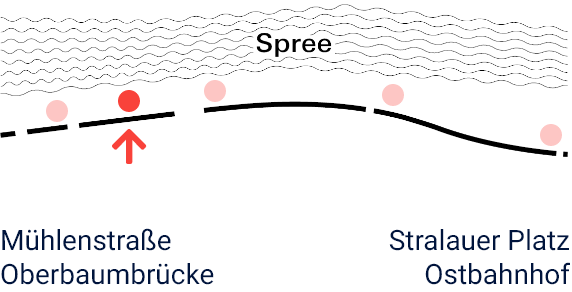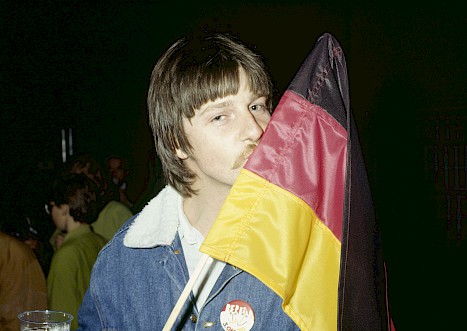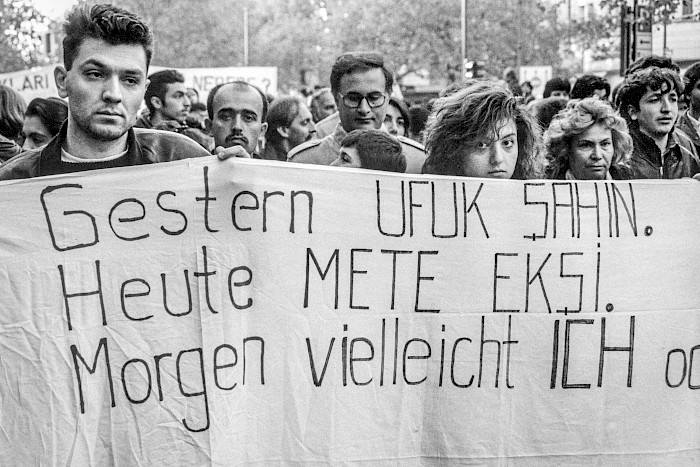1990s
– today

The border opening in November 1989 was a cause for celebration. But it also triggered changes that made life more difficult, especially for people who were considered foreign. Racist attacks and violence increased. People from Vietnam and Mozambique who had come to the GDR as contract workers or for training became targets of attack. West Berliners who had come from Turkey, or whose parents had come from Turkey, were marginalised.

"We were left in the lurch then."
Racist violence had occurred in both East and West Germany also before 1989. But after German unification in 1990, the frequency and brutality of racist attacks grew. People were Injured and killed. For many migrant Berliners, the decade after unification was a time of fear. The wave of brutal racist attacks and the German government’s failure to tackle it undermined many people’s trust in the German state and left them feeling deserted.
"I was very sad and scared, too."

Over 30 years after the fall of the Berlin Wall and the end of the dictatorship in East Germany, the differences in how people in East and West experienced German unification are being addressed: How did the system change affect people’s lives? What did the East Side Gallery artists and other people from both parts of Berlin experience in the years that followed? How do they view the changes that occurred in 1989 / 90 in retrospect?
Günther Schaefer’s painting Vaterland (Fatherland) addressed events of 9 November — the night of pogroms in 1938 and the fall of the Wall in 1989 — and so the responsibility that united Germany bears for the Shoah. The painting is often defaced with politically motivated and antisemitic graffiti. The artist later added the names of places in Germany where violent racist attacks had occurred in the 1990s.